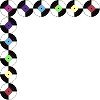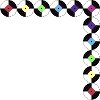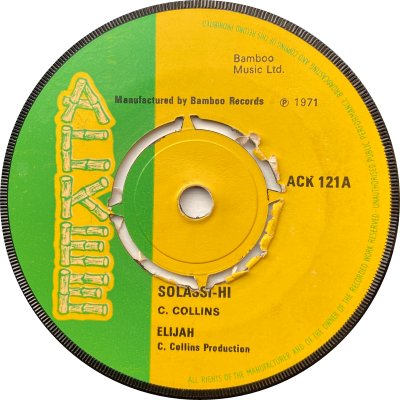

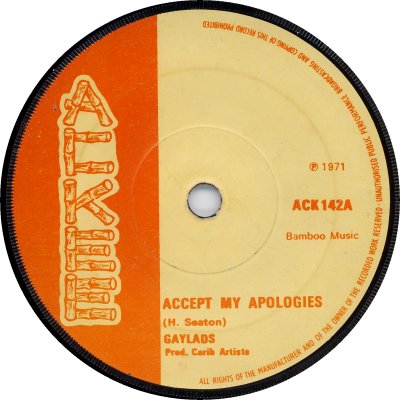

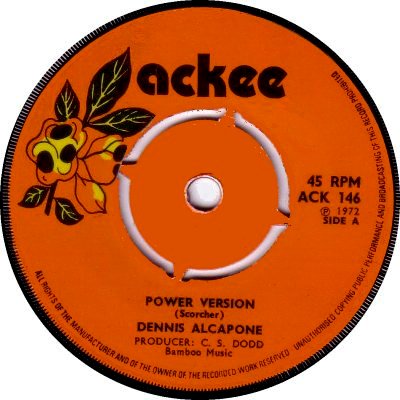
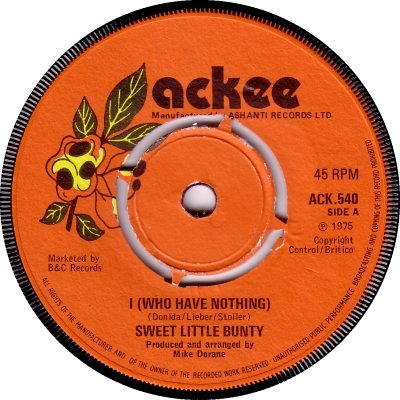
A Reggae label, owned by Junior Lincoln and initially part of his Bamboo Records (q.v.) family. Ackee singles came on the scene in 1969, and were at first numbered in an ACK-100 series. The numbering was changed to ACK-500 at the start of 1973; the change coincided with a change of the company's publisher from Bamboo Music to Ashanti Music - Lincoln had set up Ashanti Records (q.v.) in 1971, in partnership with Rupert Cunningham. Both Ackee and Ashanti turned to B&C for manufacture and distribution in June 1973; 'Music Week' of the 2nd of June described them as newly-formed labels but they appear to have merely been revamped. From then on Ackee singles had 'Manufactured by Ashanti Records Ltd.' under the logo, which suggests that by that time Ackee was regarded as a product of Ashanti Records rather than the other way around. Singles from ACK-514 onwards carried the new wording, though examples of some earlier singles can be found with it - presumably these were re-pressings. The Ashanti and Ackee labels vanished in the summer of 1975, around the time that B&C hit terminal financial problems, and a new Junior Lincoln label, Vulcan (q.v.), was introduced in the autumn. The final mention for either of the pair in 'Music Week' came in the issue of the 15th of November 1975, which reported that Vulcan, in partnership with Phonogram, had gained an interim injunction to prevent the new Trojan company (B&C's successors, following their liquidation) selling or offering any material derived from Ashanti.
Ackee used two label designs. The first, which had the logo in bamboo lettering at the left-hand side, came in several colours: it started out as black-on-green for the first three singles, and turned green-on-yellow (1, 2) for ACKs 107 to 138. A line of text attributing manufacture to Bamboo Records appeared briefly, on ACKs 120 to 123 (1); thanks to John Timmis for that scan. The colours then skipped relatively quickly through orange-on-cream (3) for ACKs 140 to 142 and red-on-white (4) for ACKs 143 to 144. There were a few exceptions: ACK-132 was orange-on-cream, and some copies of ACK-141 came in red-on-cream. With ACK-145 a new design appeared, one which featured the Ackee plant (5). This design lasted till the end, the only change being the addition of the reference to Ashanti Records referred to above (6). The only three Ackee singles that I have seen in the vinyl were Pye and Orlake products. Distribution during the B&C years appears to have been by a mixture of B&C themselves, H.R. Taylor and Lugton, but as is often the case with B&C the matter is a little hazy. The second and fourth scans appear by courtesy of Robert Bowes.

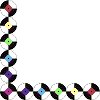

Copyright 2008 Robert Lyons.
